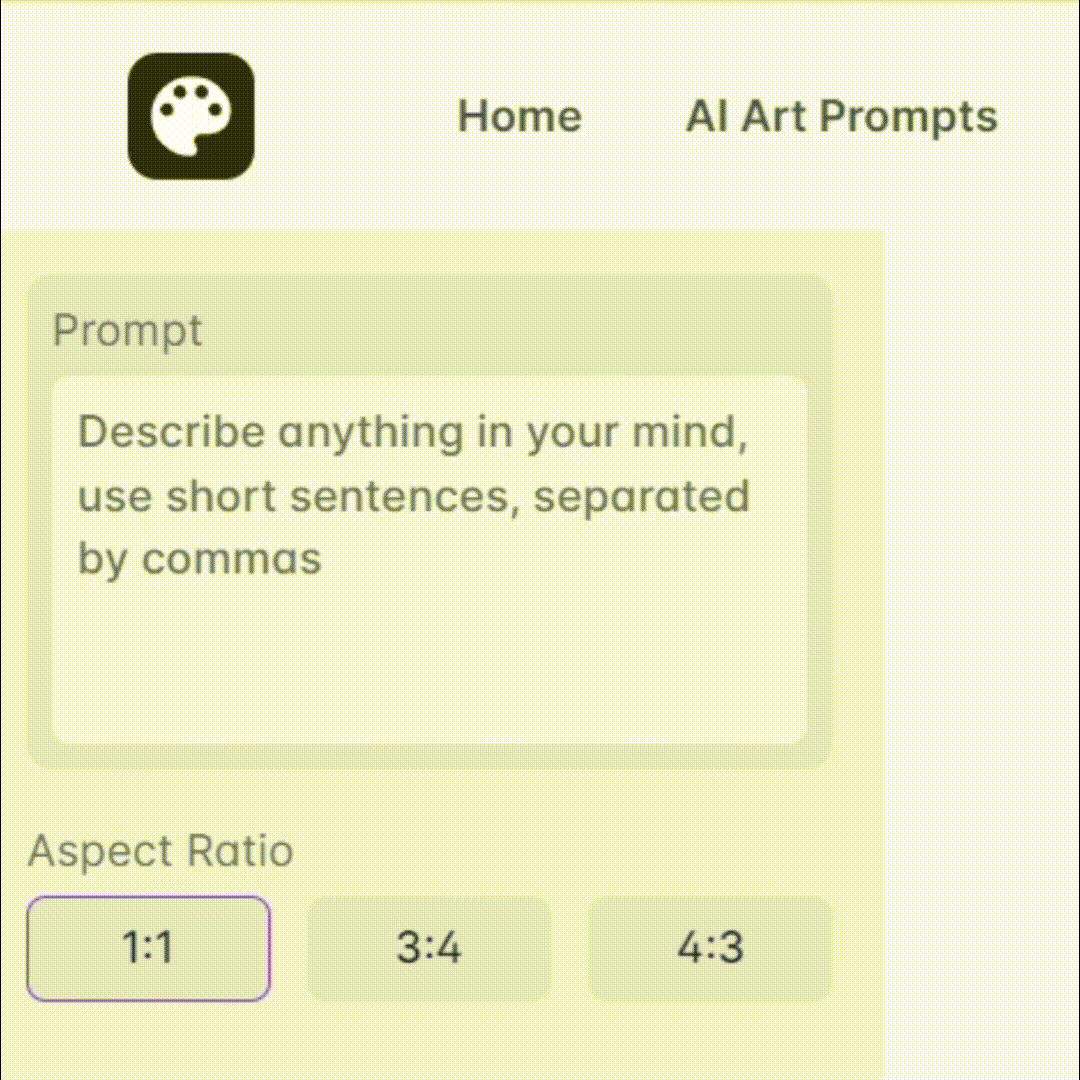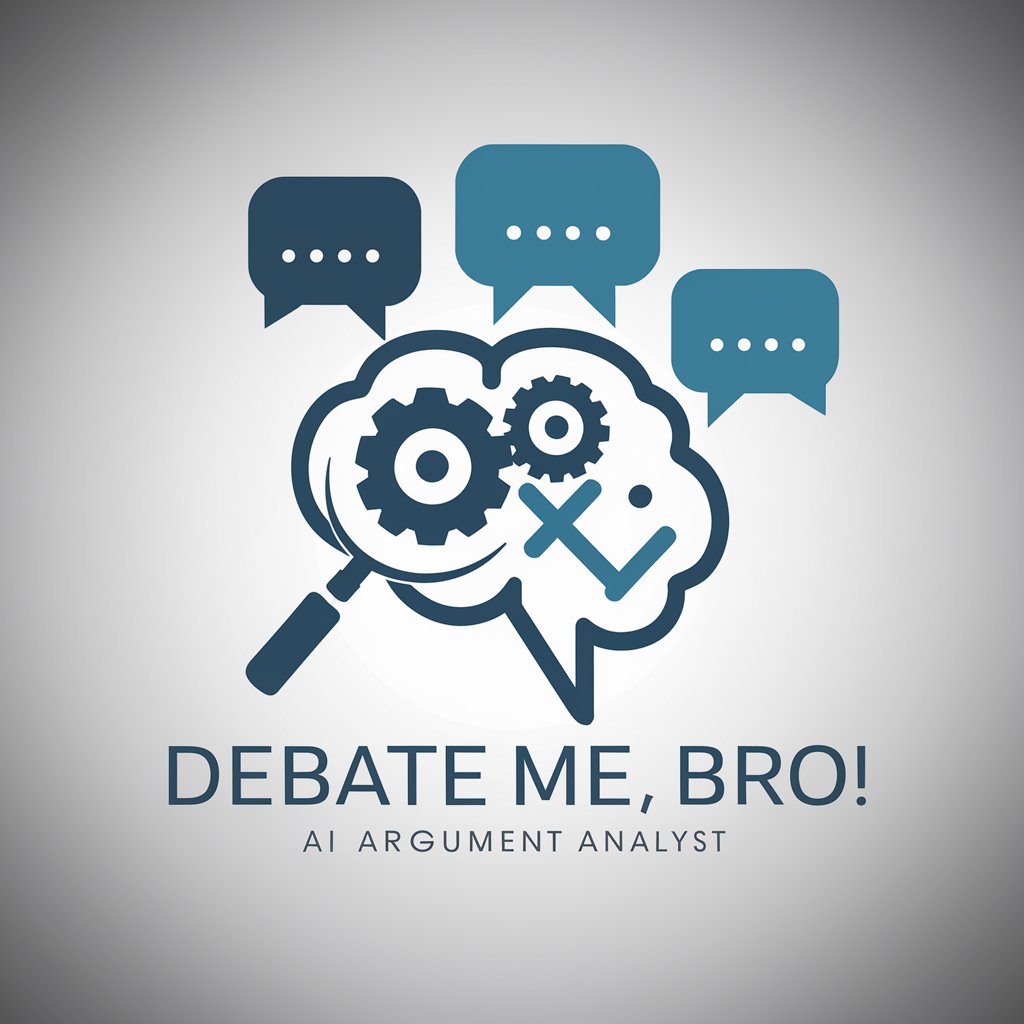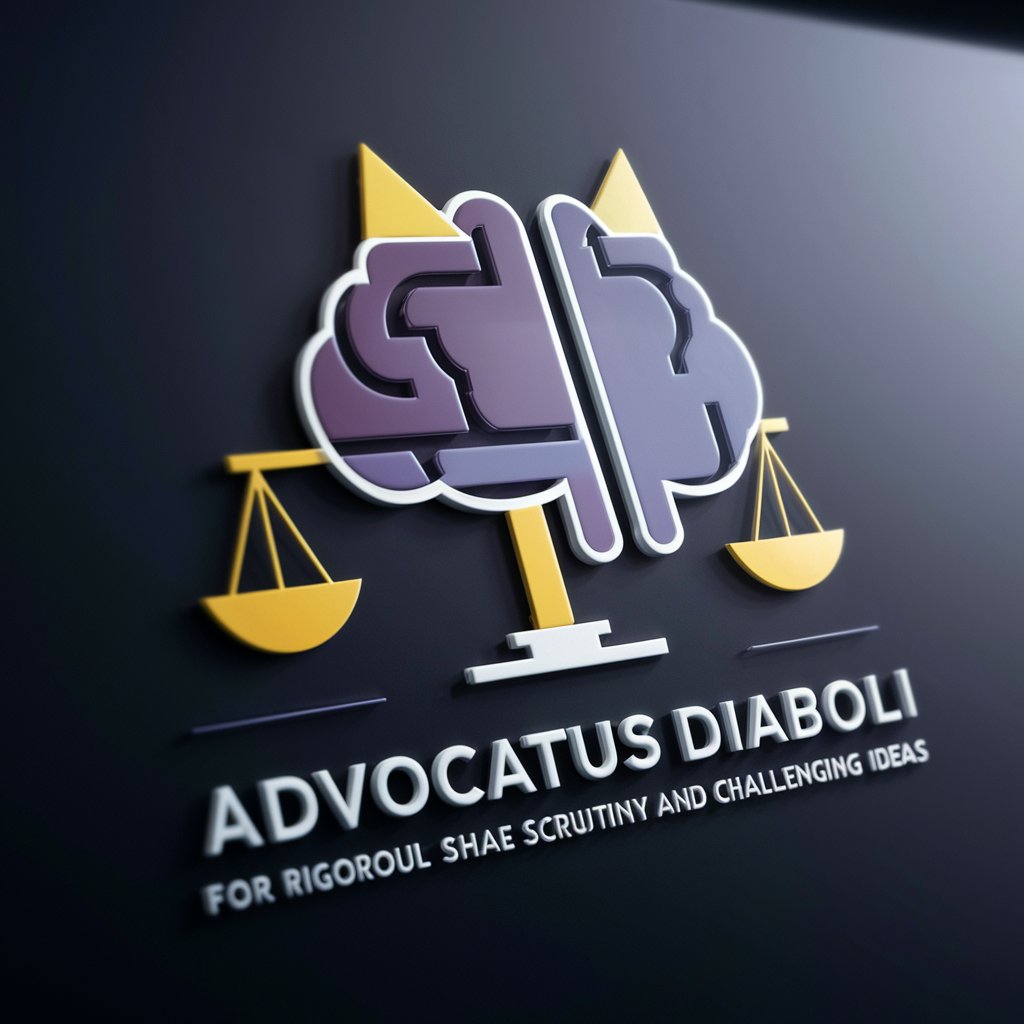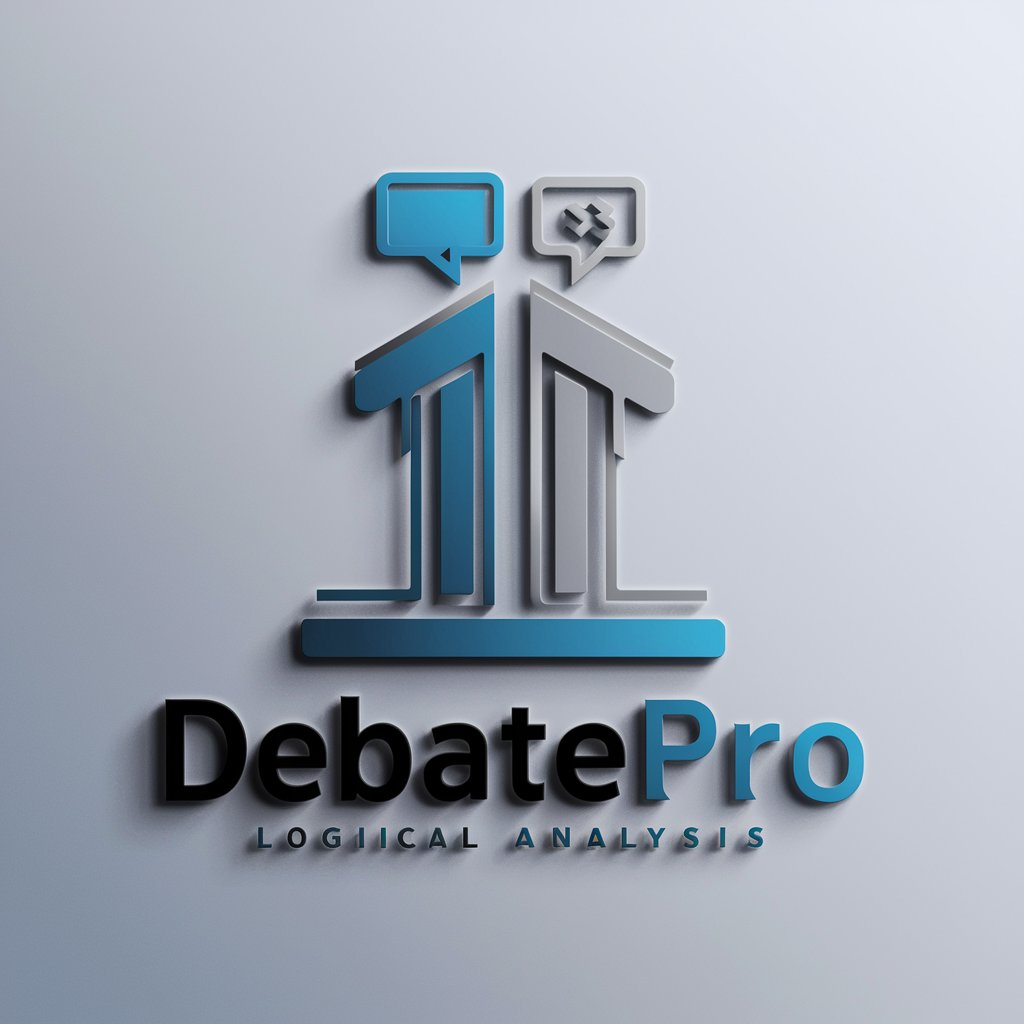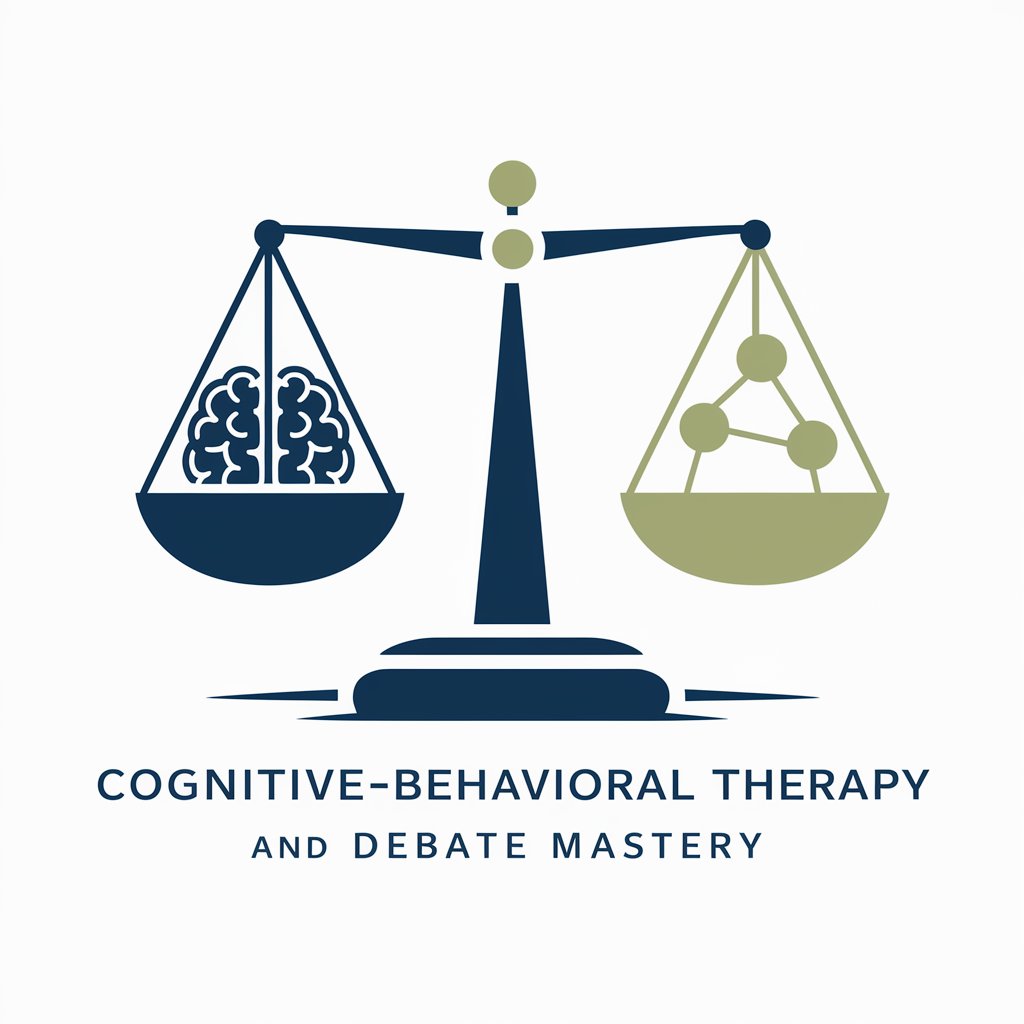
Analyse my arguments - Critical Argument Evaluation

Hello, let's dive into some critical analysis!
Empowering Argument Analysis with AI
Analyze the argument presented in the article regarding...
Evaluate the credibility of the sources used in the policy discussion about...
Using the WPR framework, assess how the problem is represented in the policy proposal on...
Critique the logical fallacies and biases in the debate on...
Get Embed Code
Overview of Analyse my arguments
Analyse my arguments is a specialized AI model designed for in-depth analysis of arguments, primarily focusing on evaluating arguments through Carol Bacchi's 'What's the Problem Represented to be?' (WPR) framework. This approach is essential in dissecting policy discussions, identifying underlying assumptions, and scrutinizing problem representations. It excels in breaking down arguments, assessing source credibility, and identifying biases and logical fallacies. This AI model is tailored to provide a nuanced understanding of how policies frame and address problems, ensuring a comprehensive critique of policy issues. Powered by ChatGPT-4o。

Key Functions and Use Cases
Critical Evaluation of Arguments
Example
Analyzing a government policy on healthcare, focusing on the representation of the 'problem' of healthcare access. Identifying biases and assessing the policy's effectiveness based on its framing of the issue.
Scenario
In a debate about universal healthcare, this function helps to dissect each argument, examine its premises, and evaluate the soundness of conclusions drawn.
Application of WPR Framework
Example
Examining an educational reform policy to understand how the 'problem' of educational inequality is represented and addressed, using WPR to uncover implicit assumptions.
Scenario
In policy analysis, this function aids in critically analyzing the policy's objectives, methods, and implications, particularly how it conceptualizes the problem it aims to solve.
Assessment of Argument Validity and Soundness
Example
Evaluating a climate change argument's logical structure, verifying its premises, and assessing whether its conclusions are logically derived.
Scenario
In environmental policy discussions, this function is crucial for discerning scientifically sound arguments from those based on misinformation or flawed reasoning.
Target User Groups
Policy Analysts and Advocates
These users benefit from a rigorous analysis of policy proposals, understanding both the explicit and implicit framing of issues. The WPR approach helps in crafting more effective advocacy strategies and policy critiques.
Academics and Researchers
This group finds value in the model's ability to dissect complex arguments and identify underlying assumptions in academic debates, enhancing the rigor and depth of their research.
Legal Professionals
Lawyers and legal scholars can use this tool to analyze legal arguments, assess the credibility of sources, and identify logical fallacies in legal debates, aiding in case preparation and legal analysis.
Journalists and Media Professionals
These users benefit from the model's ability to critically evaluate arguments in news articles and public debates, helping them to report more accurately and impartially on policy issues.

Guidelines for Using 'Analyse my arguments'
1
Visit yeschat.ai for a free trial without login, and no need for ChatGPT Plus.
2
Choose a specific argument or policy for analysis. This could be from a news article, academic paper, or a policy document.
3
Present the argument or policy to 'Analyse my arguments', focusing on the key points or the aspects you want analyzed.
4
Specify the type of analysis you need – whether it's a critique using Carol Bacchi's WPR framework, identification of logical fallacies, bias assessment, or source credibility check.
5
Review the analysis provided, using it to refine your understanding of the argument or policy, and apply insights to your work or discussion.
Try other advanced and practical GPTs
Formalizer Supreme
Elevating Text to Royal Elegance

Pylenium Chat
Streamlining Test Automation with AI

BEST GPTMODELS FOR EVERY USE
Empower your projects with AI-driven models
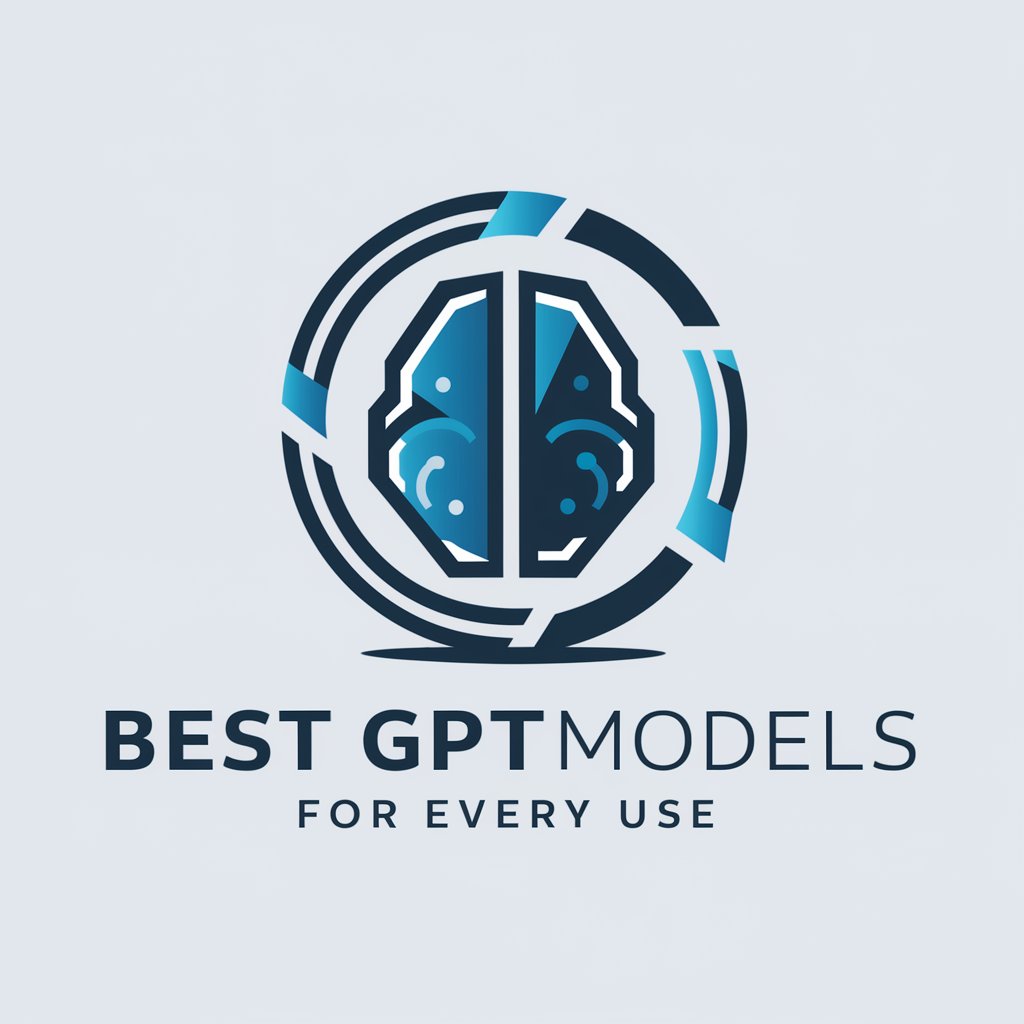
Career Compass
Navigating Your Career Path with AI

Study GPT (Mechanics & Dynamics)
Empowering Mechanical Minds with AI

Jeannie, a Genius Genie Friend
Empowering insights at your fingertips.

Explain My Complex Job
Demystifying professions with AI-powered visuals
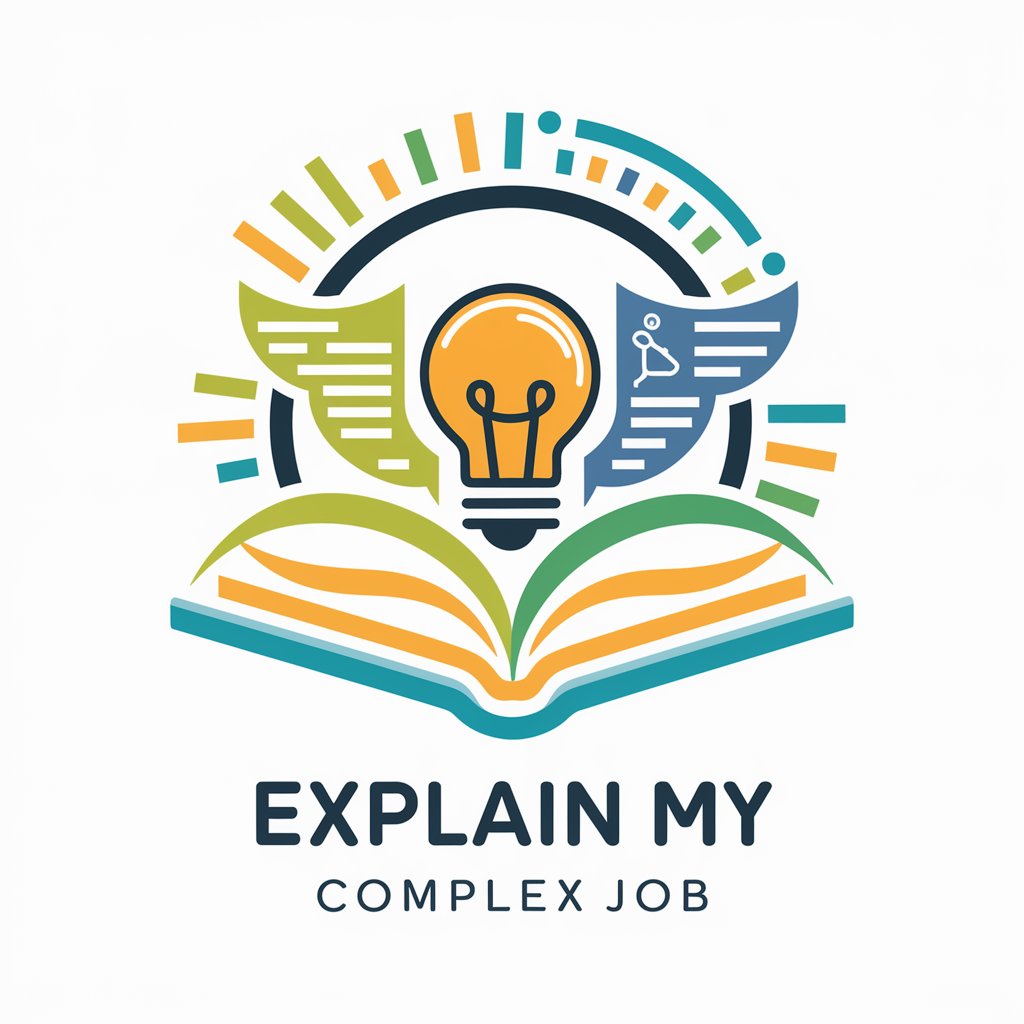
Beauty Advisor
AI-powered personalized beauty advice

Full Stack Project Mentor
Empowering your code, end to end.

Fitness Coach
AI-powered personal fitness coaching

Futuristic Lifestyle Guide
Empowering Your Future with AI Insights

Journey Map & Persona Builder
Empower Innovation with AI-Driven Insights

Frequently Asked Questions about 'Analyse my arguments'
What is Carol Bacchi's WPR framework?
Carol Bacchi's 'What's the Problem Represented to be?' (WPR) framework is a tool used to analyze policies. It focuses on understanding how problems are represented within policies, questioning underlying assumptions, and examining the implications of these representations.
Can 'Analyse my arguments' help in academic research?
Absolutely. It can provide critical analysis of arguments, evaluate the credibility of sources, and apply the WPR framework to scrutinize policies, making it a valuable tool for academic research.
Is this tool suitable for legal argument analysis?
Yes, 'Analyse my arguments' can be effectively used in legal contexts to evaluate the validity and soundness of arguments, assess biases, and examine the effectiveness of legal arguments.
How does this tool handle bias in arguments?
It critically assesses arguments to identify any biases, scrutinizes the representation of problems, and evaluates the perspectives and interests that might influence the argument.
Can I use this tool for real-time analysis in debates?
While designed for in-depth analysis rather than real-time response, it can be used to prepare for debates by providing comprehensive critiques and evaluations of arguments.
